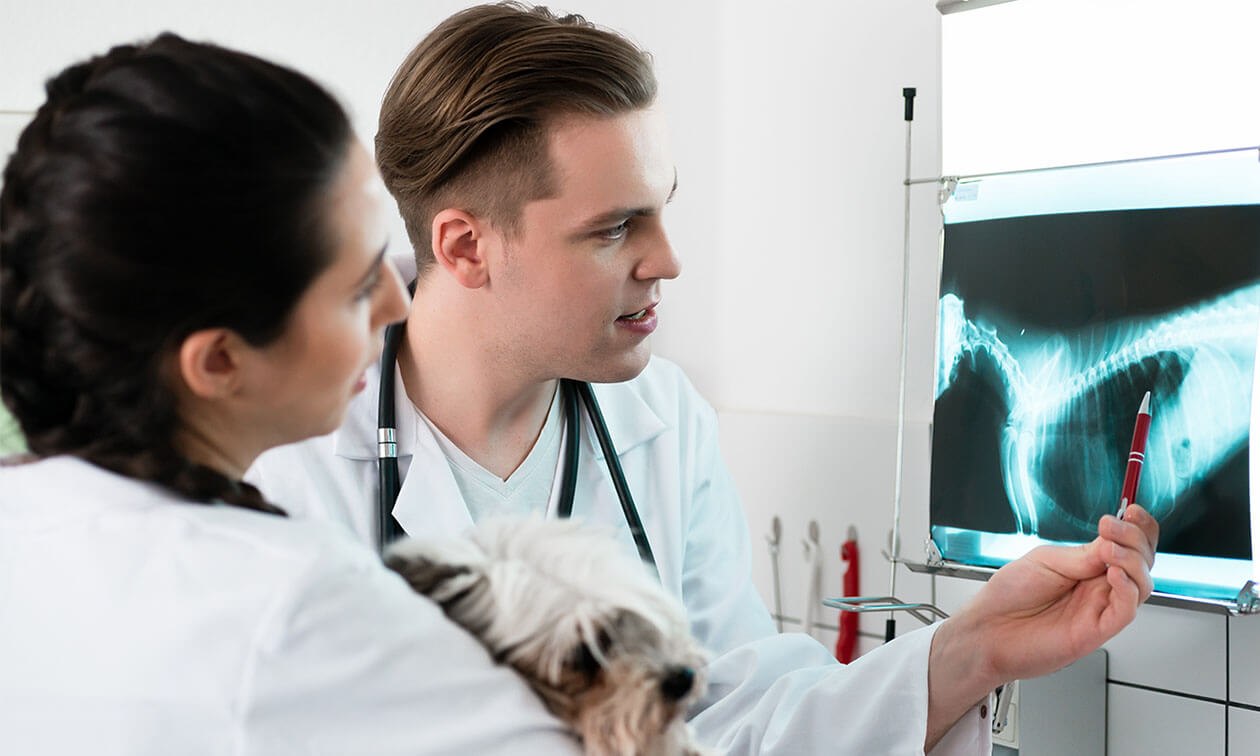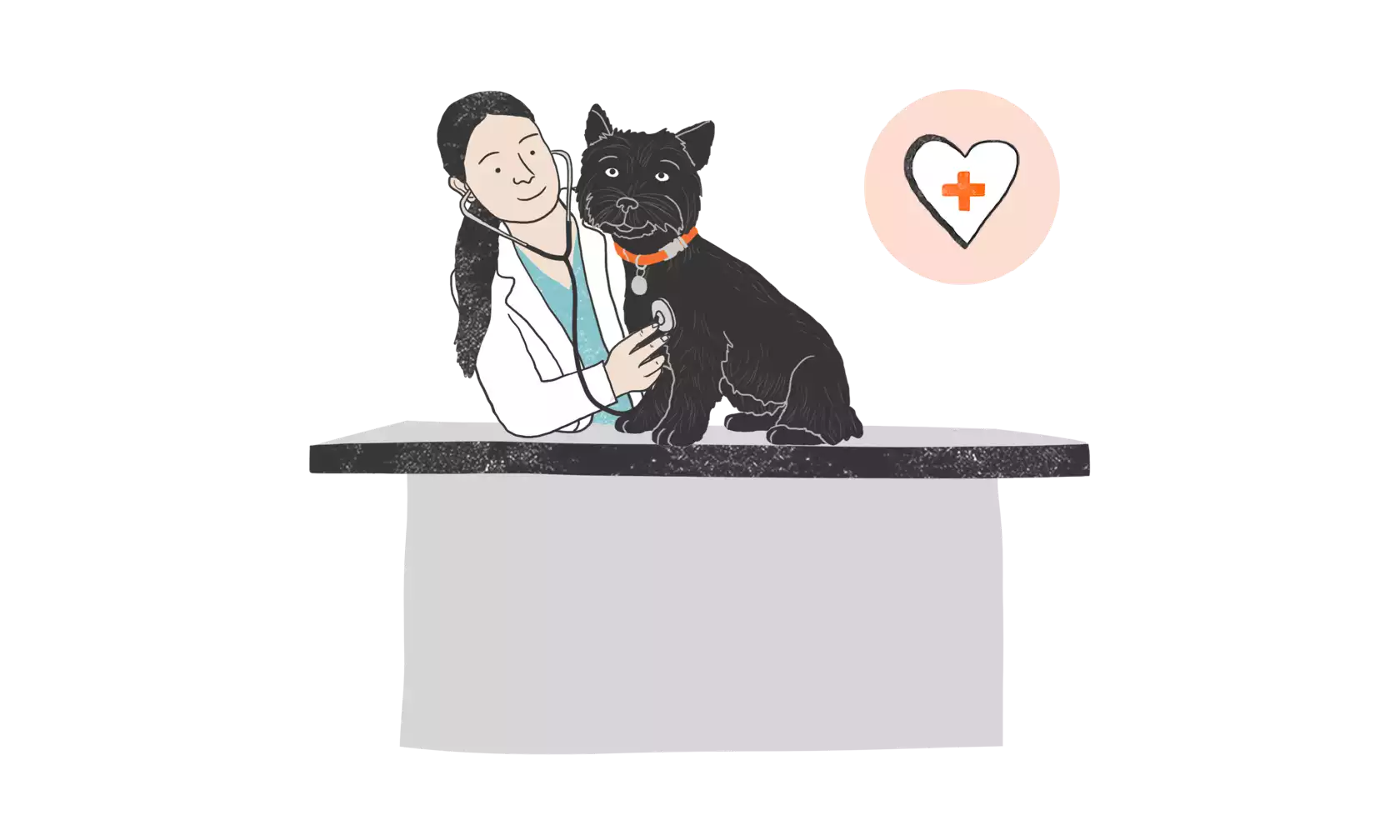Has your veterinarian suggested a bronchoscopy for your dog or cat? It may sound intimidating, but it's a great diagnostic tool to help your vet get to the bottom of your pet's breathing issues. Let's learn more about bronchoscopy for dogs and cats.
What Is a Bronchoscopy?
Bronchoscopy is a procedure that allows your veterinarian to view your pet's airways, made up of the larynx, trachea, and upper bronchi, using a tube, also known as an endoscope, with a light and camera at the tip Your veterinarian may perform the bronchoscopy, but in many cases, they may refer your pet to a veterinary specialist hospital to have this procedure done.
The veterinarian can see inside the airways and take tissue and culture samples. Your pet receives general anesthesia, with care being taken to keep your pet’s breathing regulated.
Why Would Your Dog or Cat Need a Bronchoscopy?
Veterinarians may recommend a referral for a bronchoscopy for pets if they have a long-term cough, an infection not responding to treatment, or a suspected foreign object in the airway.
The procedure allows your vet to:
- Remove a foreign object
- Remove cells from the airway for a culture and cytology. This can assess for types of infection or other causes of long-term coughing such as asthma.
- Assess the cause of a tracheal narrowing, such as scar tissue or a mass
Because bronchoscopy requires anesthesia, it's usually performed after other diagnostics are already completed. This includes tests such as chest X-rays, blood tests, fecal testing to check for lung worms, and sometimes a trial of medications.
How To Prepare Your Pet for a Bronchoscopy
Little preparation is needed other than fasting overnight before the procedure. Let your veterinarian know if your pet is on any medications or supplements.
The Bronchoscopy Procedure for Dogs and Cats
A bronchoscopy is the same for dogs and cats. The procedure takes 15 to 45 minutes. Your pet may receive premedication to help them relax, and then an I.V. catheter is placed for intravenous anesthesia. Care will be taken to ensure your pet is breathing appropriately and maintaining oxygenation during the procedure.
The steps vary depending on the pet's issues. All bronchoscopies begin with examining the airways, from the top of the windpipe (trachea) down to the bronchi. The veterinarian is looking for any abnormalities, such as mucus with pus, mucus plugs that block an airway (common in cats with asthma), blood, foreign objects, parasites, masses, or collapse of the tracheal or bronchial walls.
Bronchoalveolar Lavage (BAL)
While other procedures can target removal of a foreign body or samples of masses being taken, the most common reason to do a bronchoscopy is to perform a Bronchoalveolar lavage. In cases of chronic cough or pneumonia, the veterinarian will want to collect samples of any mucus, pus, or debris in the airway. A lot of times, this material cannot be seen directly with the bronchoscope. Most often, these abnormalities lie deeper in the lungs, where the bronchoscope cannot reach.
In bronchoalveolar lavage, the veterinarian uses a tiny tube passed through the bronchoscope to add a very small amount of sterile saline deep inside a bronchus. The saline is then suctioned back into a syringe containing fluid and cells from the deeper portions of the lungs. This fluid can be cultured to verify whether there is an infection and sent to a pathologist to determine the disease that is causing your pet's clinical signs.
Pet Recovery From Bronchoscopy
Pets may require supplemental oxygen therapy for a few hours while they recover from anesthesia. Most can breathe normal room air within a few hours and return home that evening. Bronchoscopy is a same-day procedure for most pets. They may be groggy that evening but are typically fully recovered by the next day.
Your pet may sound hoarse or have a mildly increased cough for the next two days from the placement of the breathing tube and movement of the bronchoscope through the mouth area. If it lasts longer than two days, reach out to your veterinarian.
Possible Complications of Bronchoscopy
A temporary decrease in blood oxygen saturation levels is common. This is managed by providing oxygen until the levels rise again, often for a few minutes to hours.
Bleeding into the airways or a small tracheal or lung tissue tear is rare but possible. These may be managed with intensive care and, in some cases, surgery.
Call Your Veterinarian if You See These Signs in Your Pet
The veterinarian who performs the procedure will give you specific things to watch your pet for after the procedure. Any of these signs require urgent care either before or after the bronchoscopy.
- Breathing more than 40 breaths per minute at rest
- Labored (extra work) when breathing
- Coughing so much that you or your pet are unable to rest
- Gums are pale pink, white, blue, or purple
- The skin starts to swell or sound crunchy
- Not eating or drinking much or at all
- Coughing up or sneezing blood
Bronchoscopy is a helpful procedure for cats and dogs who have respiratory issues. If you notice that your pet has any problems breathing or a long-term cough, bring them to your veterinarian. Your vet can recommend the best course of action.
ZPR-00290



